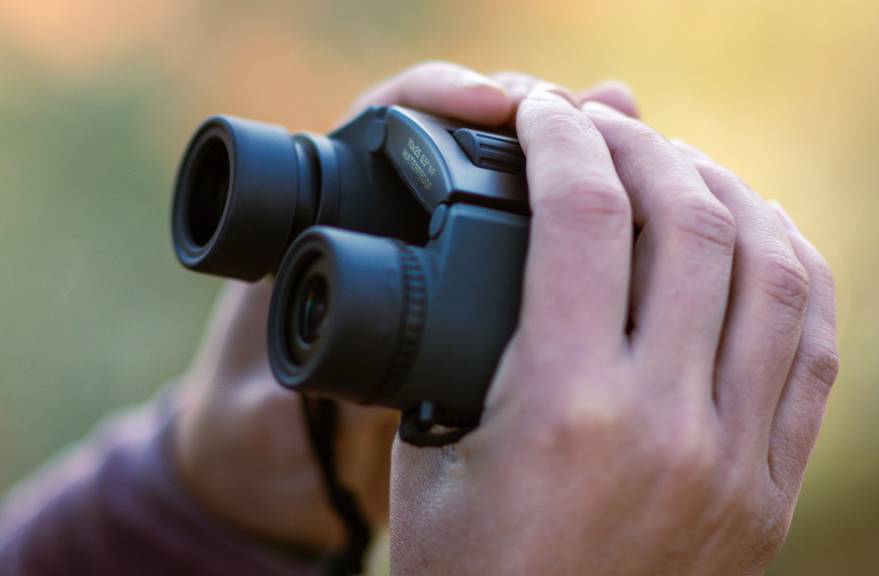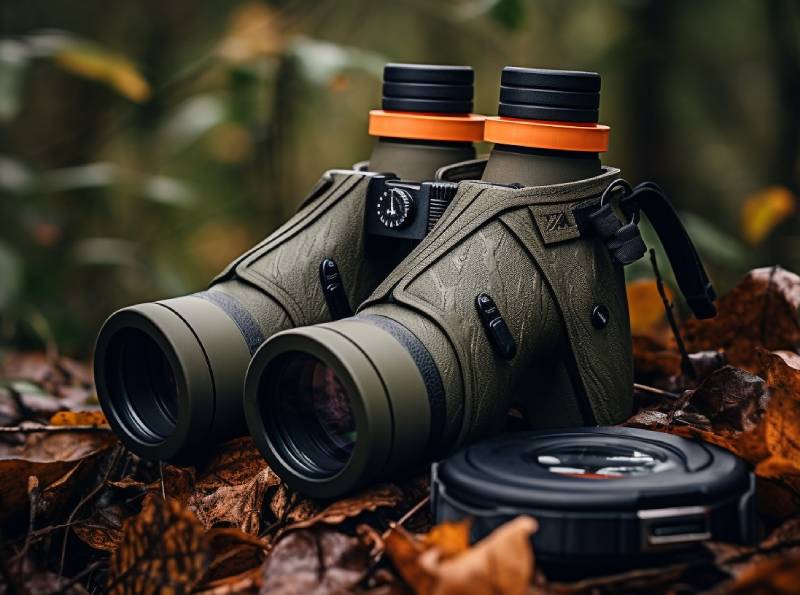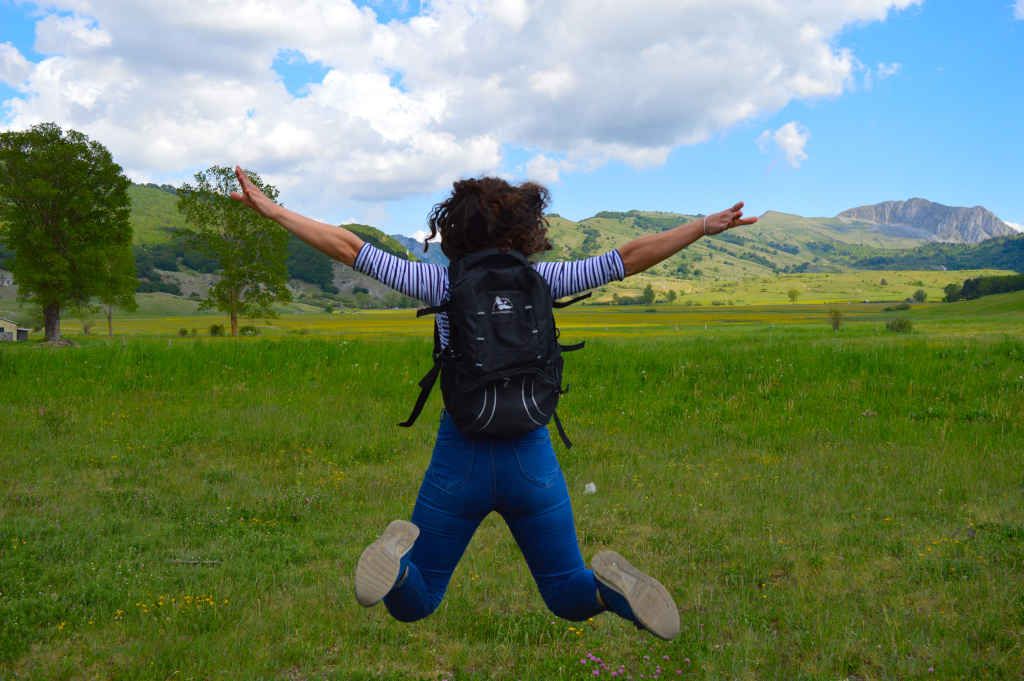Camping with your dog can be an incredibly rewarding experience, deepening the bond between you and your furry friend while enjoying the great outdoors together. However, it requires careful planning and preparation to ensure both you and your dog have a safe, enjoyable adventure. Here are some essential camping tips with dogs to help you make the most of your camping trip with your canine companion.
1. Preparation is Key: Camping Tips with Dogs

Research Dog-Friendly Campsites
Not all campsites welcome dogs, so it’s crucial to find one that does. Look for campsites that are explicitly dog-friendly and check their specific rules and regulations. Some sites may have leash laws, restrictions on certain breeds, or designated dog areas.
Check Local Wildlife and Plant Life
Before heading out, research the local wildlife and plant life in the area you’ll be camping. Some areas may have animals that could pose a threat to your dog, such as bears, coyotes, or venomous snakes. Additionally, be aware of any toxic plants that your dog might come into contact with.
Visit the Vet
A pre-trip visit to the vet is essential. Ensure your dog is up-to-date on vaccinations, especially rabies and flea/tick prevention. Discuss the trip with your vet, and they may recommend additional precautions such as a Lyme disease vaccination or heartworm preventative.
Training and Obedience
Ensure your dog has basic obedience training and responds well to commands such as sit, stay, come, and leave it. This training is crucial for their safety in an unfamiliar environment. If your dog has a tendency to wander or chase wildlife, consider additional training sessions or using a long lead.
2. Packing Essentials: Camping Tips with Dogs
Food and Water
Pack enough food for the entire trip, plus a little extra in case of delays. Opt for lightweight, high-nutrient options like dehydrated or freeze-dried dog food. Bring a portable, collapsible bowl for both food and water. Ensure you have a reliable source of clean water, either by bringing enough bottled water or a portable water filter.
First Aid Kit
Create a first aid kit specifically for your dog. Include items such as:
- Bandages and gauze
- Antiseptic wipes and ointment
- Tweezers (for ticks)
- Dog-safe pain relief (consult your vet)
- An emergency blanket
- Your vet’s contact information and your dog’s medical records
Gear and Equipment
Pack the right gear to keep your dog comfortable and safe:
- Leash and Collar: A sturdy leash and a collar with up-to-date ID tags.
- Harness: A harness can provide better control and distribute pressure more evenly.
- Doggy Backpack: If your dog is fit and healthy, a backpack can allow them to carry their own food, water, and small items.
- Bedding: A lightweight, portable bed or blanket for your dog to sleep on.
- Toys and Comfort Items: Familiar toys and comfort items can help reduce anxiety.
Weather-Appropriate Clothing
Depending on the season and weather, you may need additional clothing for your dog. For colder climates, pack a doggy jacket or sweater. In hot weather, consider a cooling vest or bandana.
3. Setting Up Camp: Camping Tips with Dogs
Safe Campsite Selection
Choose a campsite with enough space for your dog to move around safely. Avoid areas with sharp rocks, dense underbrush, or steep drops. Check the ground for any hazards like broken glass or animal droppings.
Establish a Dog-Friendly Area
Set up a designated area for your dog to rest, eat, and play. This could be a shaded spot with their bed, toys, and water bowl. If allowed, setting up a portable dog fence can give your dog a safe, enclosed space to move around.
Nighttime Safety
At night, ensure your dog is secure. They can sleep inside the tent with you or in a separate, secure dog tent. Use reflective gear or a light-up collar to keep your dog visible in the dark.
4. Hiking and Exploring: Camping Tips with Dogs

Start Slowly
If your dog isn’t used to long hikes, start with shorter, easier trails and gradually build up to more strenuous hikes. Pay attention to your dog’s energy levels and take frequent breaks to let them rest and hydrate.
Stay on the Trail
Keep your dog on designated trails to protect both the environment and their safety. This helps prevent encounters with wildlife and avoids exposure to potentially toxic plants.
Watch for Signs of Fatigue or Overheating
Dogs can overheat quickly, especially in hot weather. Watch for signs of overheating such as excessive panting, drooling, or lethargy. Provide plenty of water and find shade when needed. In colder weather, monitor for signs of hypothermia like shivering or reluctance to move.
5. Campfire Safety
Keep Your Dog Away from the Fire
Dogs can be curious about fire, which can lead to accidents. Keep your dog at a safe distance from the campfire, and never leave them unattended around it. Use a leash or tether if necessary.
Fire Safety Training
If you plan to have a campfire, train your dog to stay away from the fire pit. Use commands like “back” or “stay” to reinforce this behavior.
6. Wildlife Encounters
Prevention is Best
The best way to handle wildlife encounters is to prevent them. Keep your dog on a leash and make noise while hiking to alert wildlife to your presence. Avoid hiking at dawn or dusk when many animals are most active.
Know How to React
Educate yourself on how to respond if you encounter wildlife. For example, in bear country, knowing how to react can make a significant difference. With smaller animals like snakes, quickly moving away and keeping your dog close is usually the best strategy.
7. Keeping Your Dog Entertained
Toys and Games
Bring a few of your dog’s favorite toys and engage them in play to keep them entertained. Interactive toys like treat-dispensing balls can keep them occupied while you’re setting up camp or cooking.
Mental Stimulation
Camping offers plenty of opportunities for mental stimulation. Allow your dog to sniff and explore (safely) their surroundings. Hide treats around the campsite for them to find or teach them new commands and tricks.
8. Emergency Preparedness: Camping Tips with Dogs
Know the Location of the Nearest Vet
Research the nearest veterinary clinic to your campsite and have the contact information readily available. In case of an emergency, knowing where to go can save precious time.
Emergency Evacuation Plan
Have a plan for how you would evacuate the campsite in an emergency. This includes having your dog’s leash, collar, and any necessary gear readily accessible.
9. Leave No Trace

Respect the Environment
Adhere to the Leave No Trace principles by minimizing your impact on the environment. Pack out all waste, including dog poop, and avoid letting your dog disturb wildlife or vegetation.
Follow Campground Rules
Respect and follow all rules of the campground, especially those related to pets. This helps ensure that dog-friendly policies remain in place for future campers.
10. Post-Trip Care
Bath Time
After your camping trip, give your dog a thorough bath to remove any dirt, insects, or potential allergens. This is especially important if they swam in natural bodies of water which may contain harmful bacteria or parasites.
Monitor for Health Issues
Keep an eye on your dog for any signs of illness or discomfort in the days following your trip. This includes checking for ticks, observing their energy levels, and watching for any unusual behavior.
Conclusion
Camping with your dog can be a fantastic way to bond and enjoy nature together. With careful preparation, the right gear, and a focus on safety, you can ensure a memorable and enjoyable trip for both you and your canine companion. Whether you’re exploring new trails, relaxing by the campfire, or simply enjoying the fresh air, these tips will help you make the most of your outdoor adventure with your dog.






